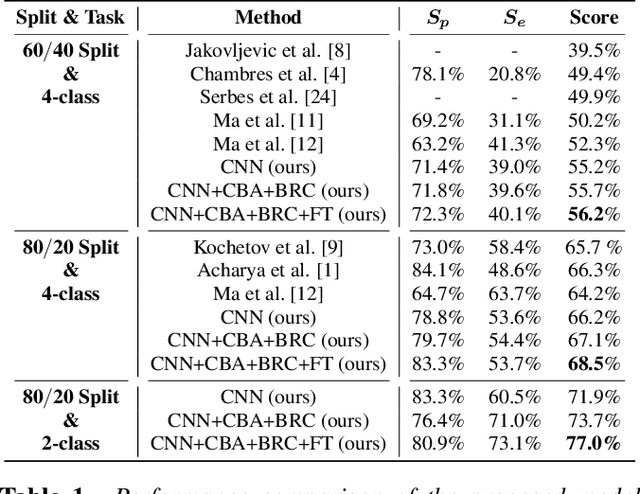RespireNet: A Deep Neural Network for Accurately Detecting Abnormal Lung Sounds in Limited Data Setting
Paper and Code
Oct 31, 2020



Auscultation of respiratory sounds is the primary tool for screening and diagnosing lung diseases. Automated analysis, coupled with digital stethoscopes, can play a crucial role in enabling tele-screening of fatal lung diseases. Deep neural networks (DNNs) have shown a lot of promise for such problems, and are an obvious choice. However, DNNs are extremely data hungry, and the largest respiratory dataset ICBHI has only 6898 breathing cycles, which is still small for training a satisfactory DNN model. In this work, RespireNet, we propose a simple CNN-based model, along with a suite of novel techniques---device specific fine-tuning, concatenation-based augmentation, blank region clipping, and smart padding---enabling us to efficiently use the small-sized dataset. We perform extensive evaluation on the ICBHI dataset, and improve upon the state-of-the-art results for 4-class classification by 2.2%
 Add to Chrome
Add to Chrome Add to Firefox
Add to Firefox Add to Edge
Add to Edge